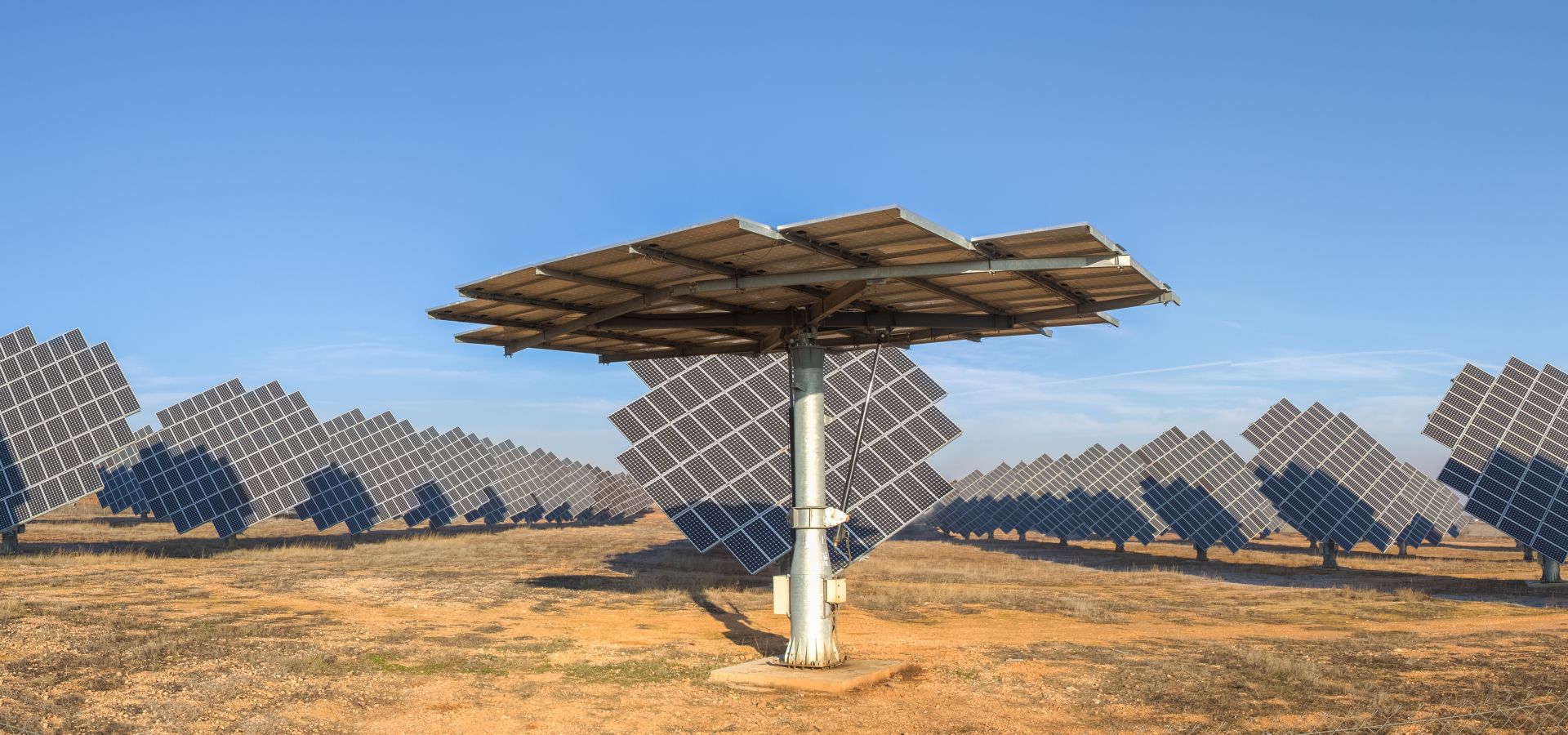Due to its advantages over petroleum derivatives, particularly in terms of the environment, green energy is quickly becoming the preferred choice for many countries. The global biological system has recently been seriously influenced by environmental change. Rising levels of greenhouse gases have led to dry seasons in many parts of the world, flooding in certain areas, and then timberland fires in Europe and other parts of the world. Green energy also offers more climate-friendly alternatives, replacing the negative effects of petroleum derivatives. When obtained from common resources, it is typically perfect and sustainable, emitting no or very little greenhouse gases and is frequently easy to access.
Since sustainable power sources are less expensive, more dependable, and more efficient over time, people tend to view them as logical alternatives to petroleum products, which are unreasonably dangerous for the environment and force us to significantly change how we create and use energy. New energy arrangements are essential to combat environmental change, one of the biggest threats to humanity's ability to survive.
Wind power currently holds the top spot among ecologically friendly energy sources, and it is followed in terms of productivity by geothermal, hydropower, atomic, and sunlight-based energy. However, with the passage of time and technological improvements, this ranking may soon change. India, the world's third-largest producer of sustainable energy, has set a lofty target of 175 GW of green electricity by the end of 2022, with plans to increase that to 500 GW by 2030.
Solar, wind, geothermal, biogas, low-impact hydroelectric, and a few other approved biomass sources are all examples of sources of green energy. The Indian legislature has found a number of ways to support the transition to renewable energy, including allowing foreign direct investment (FDI) up to 100% under the planned course, waiving the costs of the Inter State Transmission System (ISTS) for projects that must be operational by June 30th, 2025, setting up Ultra Mega Renewable Energy Parks to provide large-scale renewable energy production, and more.
Power from the sun, wind, geothermal, and other renewable sources is included in "green energy." Other steps have been taken, including the laying of new transmission lines and the creation of new sub-station limits with regard to the clearing of sustainable power, the establishment of a Project Development Cell to attract and work with ventures, and standard offering rules for duty-based serious offering processes for the acquisition of force from lattice-related solar- and wind-powered projects.
In order to ensure prompt payment by dispersion licensees to RE generators, the government has also ordered that power be sent against Letters of Credit (LC) or advance payments. Programs for skill development are also being used to create a talent pool of workers for the execution, activity, and support of RE projects.
Despite the aforementioned, some steps have been taken specifically to advance wind energy, such as the concessional custom obligation exclusion on certain parts required for the assembly of wind generators. Additionally, a Generation Based Incentive (GBI) is being provided to projects that were appointed as of the latest date of March 31, 2017. Specialized assistance is provided through the National Institute of Wind Energy in Chennai, including wind asset appraisal and identification of likely locations.
Prior to it, the Indian government outlined a plan for switching to green energy. In accordance with the Prime Minister's statement at COP26, the Ministry of New and Renewable Energy is working to reach the introduced power ceiling of 500 GW from non-petroleum product sources by 2030.
A board of trustees has been assembled by the Ministry of New and Renewable Energy to establish a roadmap for achieving a 500 GW non-petroleum derivative-based energy limit by 2030. The board includes representations from important offices in charge of renewable energy and power.
As of February 28, 2022, 152.90 GW of renewable energy projects, including large hydro, have been launched in the nation. These projects included 50.78 GW from solar energy, 40.13 GW from wind energy, 10.63 GW from biomass power, 4.84 GW from small hydropower, and 46.52 GW from large hydropower.
Additionally, the activities of the 72.61 GW limit are in various stages of execution, and the 21.11 GW limit are in various stages of offering.
In any case, there are numerous reasons to accept that petroleum products could be eliminated by combining various green energy sources to answer our problems and with the advancements that are being made in the construction and advancement of these assets.
Although this event is still a few years away, it is still true that it is crucial to do so in order to slow down environmental change, address the climate, and transition to a more sustainable future.
The Indian government is constantly forging ties with diverse groups, organizations, and countries in order to expand the range of green energy sources. The Mahatma Phule Renewable Energy and Infrastructure Technology Ltd. (MAHAPREIT), a fully owned subsidiary of MPBCDC (49% owned by the Government of India and 51% claimed by the Government of Maharashtra), and the Indian Renewable Energy Development Agency Ltd. (IREDA), signed a memorandum of understanding. Additionally, other organizations
and state legislatures are making a variety of efforts in this direction.



0 comments:
Post a Comment